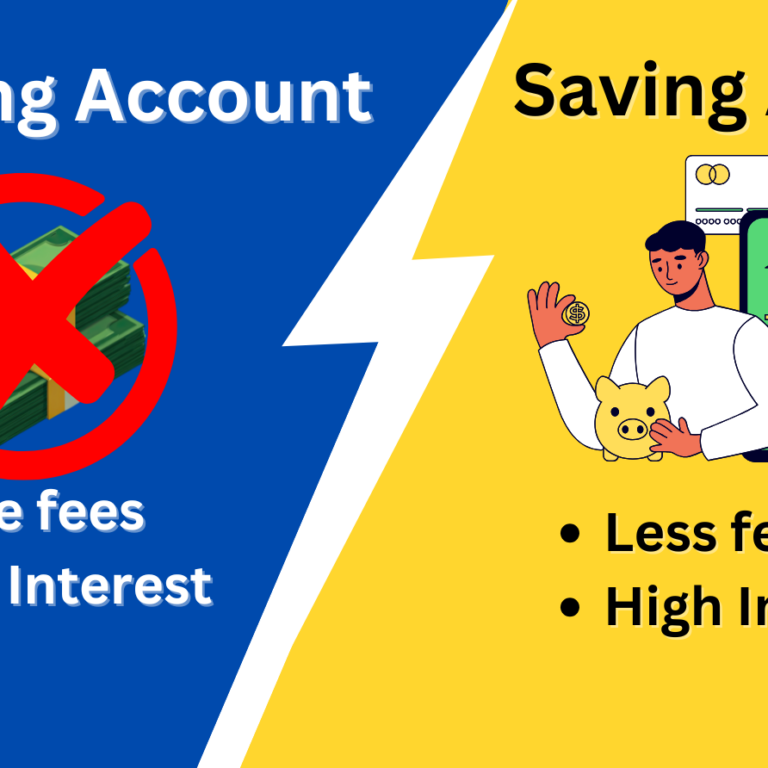Am I Ready to Buy a House? A 2026 Roadmap
The moment I stopped looking at houses as “dreams” and started looking at them as “debt-to-income equations” was the moment I actually became ready to buy. Most people approach homeownership with a “Zillow-first” mindset. They fall in love with a kitchen island before they’ve even checked their FICO score. But if you want to avoid…









